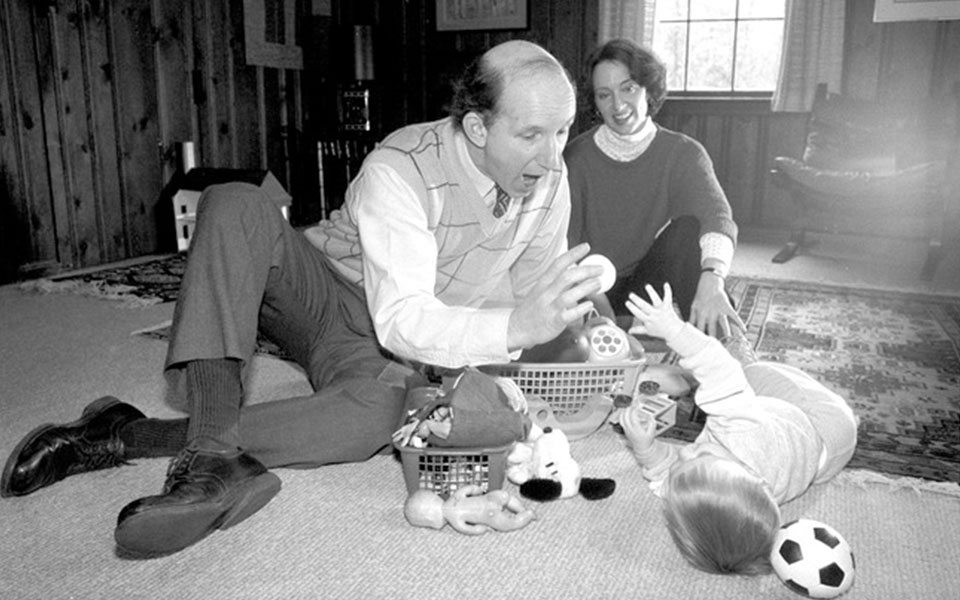Ideas for increasing your child’s engagement, strengthening relationships, and facilitating developmental progress
Floortime is a therapeutic approach used by pediatric practitioners and caregivers to increase child communication and facilitate developmental progress. It is derived from the Developmental, Individual-differences, Relationship-based (DIR®) model, created by Dr. Stanley Greenspan. The basic premise is that children can expand their circles of communication by meeting them at their developmental level, utilizing the right sensory supports, and utilizing their strengths and interests.
Our Emerge therapists use Floortime in sessions to help our children climb the developmental ladder (You can read more about the stages of development here: http://www.icdl.com/DIR/6-developmental-milestones) We also hold a monthly Floortime meeting, where we discuss ways in which we can better engage and communicate with the children we work with.
Below is a list of some Floortime tools and techniques you can use at home when spending time with your child:
- Join in your child’s play – Instead of sitting back as an observer, join in a play activity. Take on the role of a doll, action figure, or vehicle. Take interest in what your child is focused on. The most basic component of Floortime is to get down on the floor and play!
- Incorporate sensory supports – Find a safe, preferably matted space, to use sensory activities during play. Crashing, jumping, bouncing, running, and squishing can all be powerful sensory supports to increase engagement and attention. If you work with an occupational therapist, collaborate with them to learn what sensory supports fit your child best.
- Use your affect – One of the most important aspect of communication for a young child’s development is not necessarily words, but the tone and rhythm of one’s voice. This is known as affect. Be playful with your voice – don’t be afraid to make funny sounds! You can exaggerate emotional tones. Affect, just like sensory support, should be tailored to each child. Some children may respond best to loud, energetic affect. Others may require a soft, soothing tone to support engagement. You can also speed up or slow down play with the tempo of your voice. Which leads us to….
- Build anticipation – Don’t be too quick to “jump to the chase!” If there is a big finish to a play sequence – a crash, a swing, a funny sound – take time and build anticipation to that moment. Your child will never be more engaged than just before a rewarding playful moment. Don’t let it go too quickly.
- Playfully obstruct – When your child wants something, make them work a little harder with you to get it. You could sit in the way of your child’s preferred toy, or pretend not to know what they are looking for. Have them use as many gestures or words as they can to communicate, and try to get them to push their communication a little further every time without getting frustrated or giving up.
- Repeat and vary – Sometimes, a child may want to repeat a desired play sequence several times, and that is ok. A familiar, joyful, and comforting interaction can be gratifying to repeat. As an interaction becomes more familiar, you can find creative ways to change and modify a play sequence a little bit at a time, to increase your child’s flexibility and open up new circles of communication.
- Validate and identify emotions – As your child starts to reach higher developmental levels, play and interaction may be most limited by the emotional flexibility of your child. Accept and identify the full range of your child’s emotions. During play, some children may enjoy acting out different emotions, or having an adult model different emotions for them. Understanding and exploring the full range of emotions opens the door for more dynamic social participation.
Blog post by Andrew Klein, M.S., OTR/L

